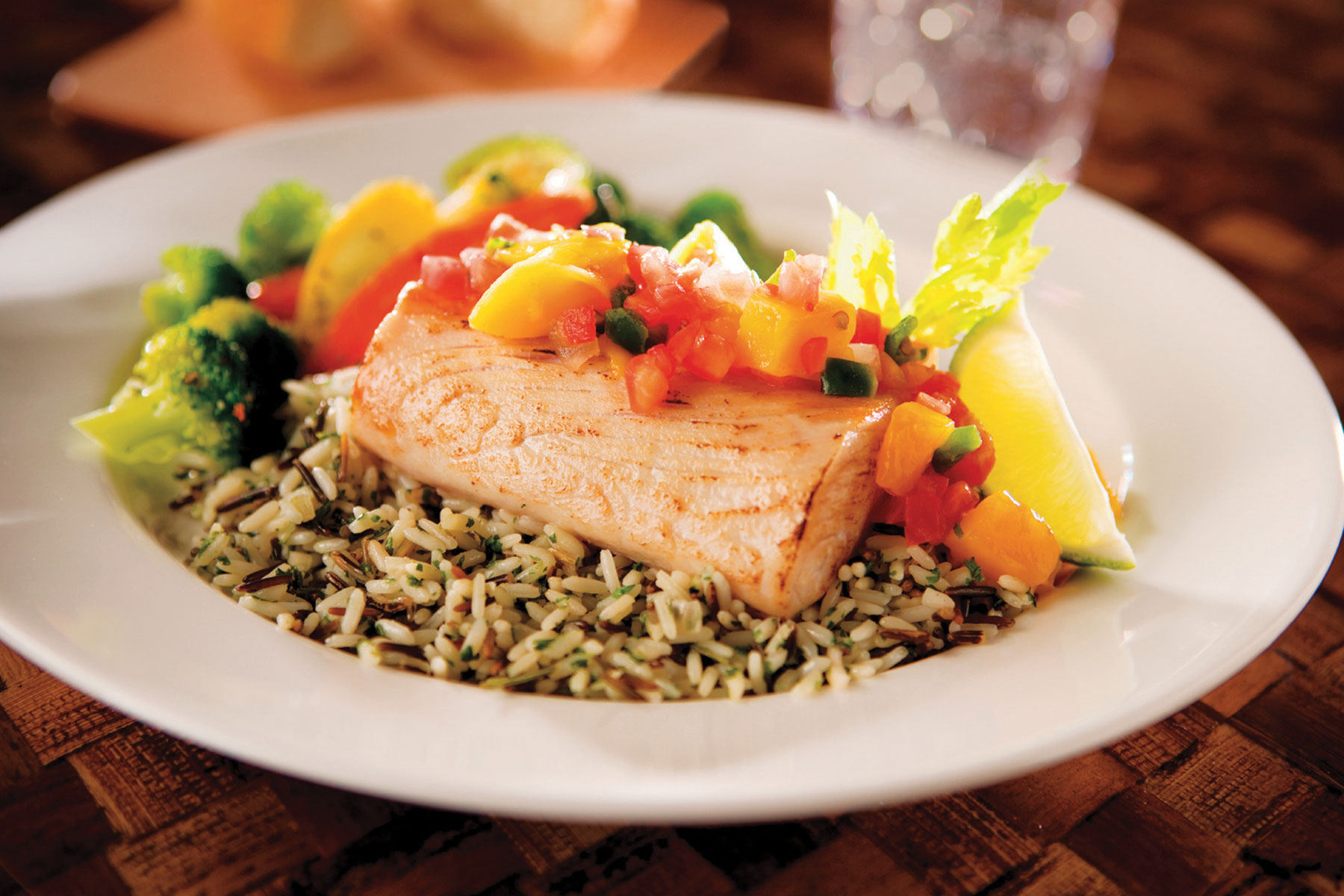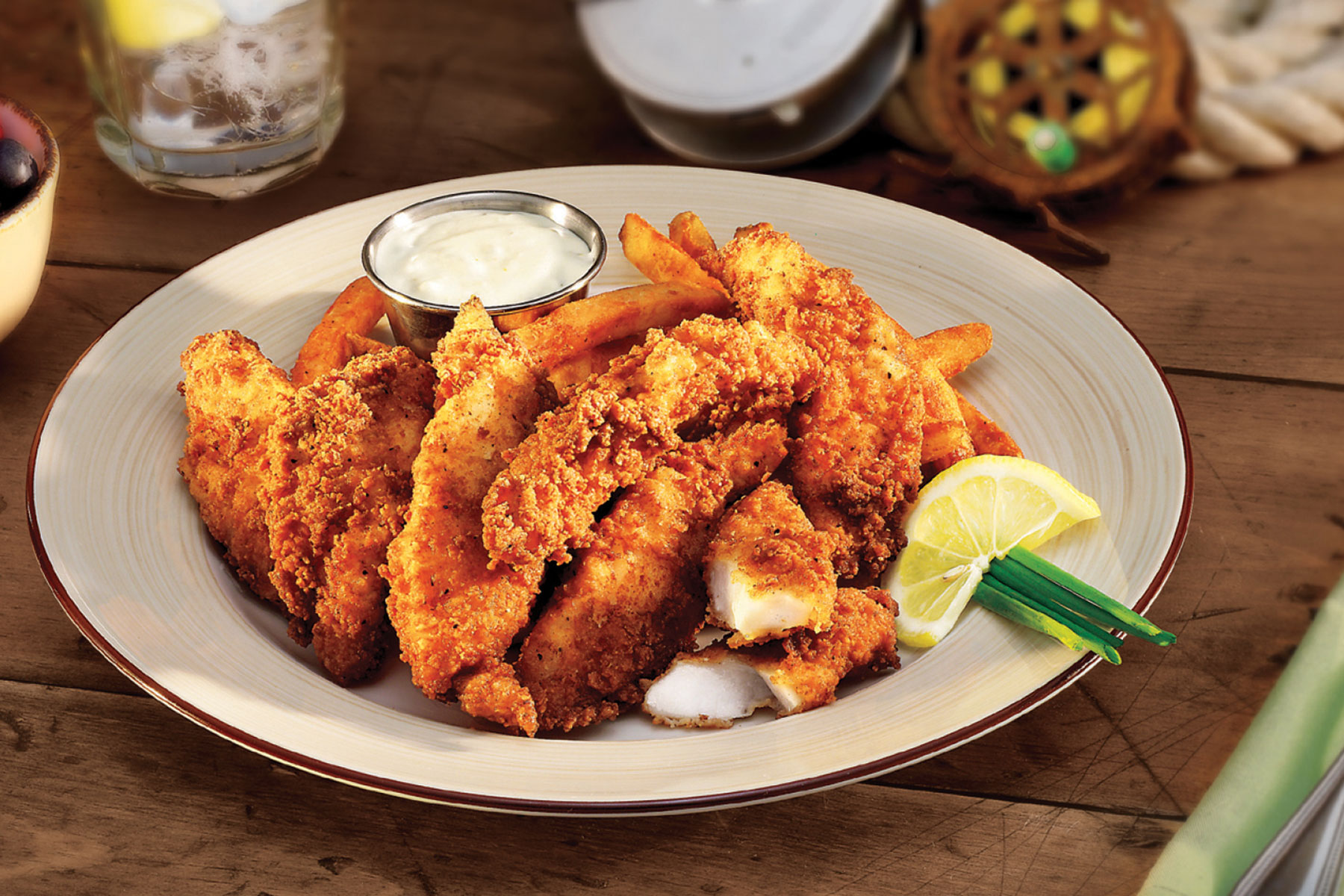“One man’s trash is another man’s treasure,” has an epicurean definition when it comes to what are called “trash fish” in the freshwater angling world. Some species get a bad rap based on their uncommonly bad looks. But like they say, looks aren’t everything. Some of the scorned species can fool even the most discriminating palates when it comes to flavor.
Would you dine on fillets of gar, carp or burbot? Prepared the right way, they can taste pretty darn good, are fun to catch and eager to bite the bait. After all, they are the trash fish that nobody else wants to catch.
Or are they? Read on to find out why the forlorn fish in your lake might be the next hit at your dinner party or backyard cookout.
Be sure to check out this article on eating freshwater fish!
About it: Also called eelpout, freshwater cod and “the ugliest fish in America.” The burbot is like a cross between an eel and a catfish, but with only a single barbel on the chin. A flattened head, toothy wide mouth and elongated body add to the ugly factor. Burbot have voracious appetites and thrive on the eggs of other fish, such as prized sportfish like trout and bass. Females can release up to three million eggs in a hatch. Native to a small area of Wyoming, they are now present throughout the Northwest and upper Midwest, including the Great Lakes. For those reasons, fisheries managers are concerned about sportfish and ecosystem impacts, and encourage the taking of burbot by anglers.
Why eat it: The firm, white flesh resembles that of cod and haddock, which should be of no surprise since the burbot is a member of the freshwater cod family. Often served as “Poor Man’s Lobster” by steaming chunks of meat and dipping them in drawn butter. Also, excellent in a chowder or when fried. Fish and chips anyone?
Fishing tip: Glowing lures are a must for this nocturnal feeder. Use jigheads paired with hollow body tubes or grubs, jigging spoons and rattling crankbaits. Shine a flashlight on the lure every 15 minutes to recharge the glow. Fish around rocky bluffs and banks that intersect with gravel or flat shorelines.
About it: Like other invasive species, bighead, silver and black carp were introduced to address another problem—remove algae from catfish farms and wastewater treatment plants. Flooding established populations in the Mississippi River and now elsewhere throughout the drainage. Collectively known as Asian carp, they act like underwater vacuums, devouring plankton and algae that are the foundation of the aquatic food chain. Asian carp can grow to 100 pounds and are easily alarmed by the noise and vibration of boat engines, which can send them airborne like popping popcorn.
Why eat it: Researchers at the University of Missouri proved Asian carp as tastier than catfish in a blind taste test. Coincidentally, the fish is a staple in Asia, which is why commercial anglers are importing them overseas to help control their spread. Get fancy and whip up a “flying carp” dish. They can be pan or deep fried, grilled as kabobs or smoked over a charcoal fire. Follow the same preparation methods as listed below for the common carp.
Fishing tip: No joke—wear a football helmet and be careful. They are known to knock people overboard and can cause bodily harm. Can’t afford a pricey Hemingwayesque billfish fishing odyssey to Bimini? Head to the Mississippi River or nearly any of its major tributaries and live dangerously with your bowfishing outfit. That’s the best harvest method, although in some areas the carp can be snagged using rod and reel. First, check state regulations.
About it: Carp fishing in America is like soccer everywhere else. Around the world, anglers go nuts for carp. In Europe, carp fishing tackle and techniques rival those of American bass addicts. Common carp are among the easiest fish to find in American waters, where they pose little danger to native species, compared to their Asian relatives. What’s to like about carp? Everything. They are everywhere, easy to catch, fight hard and ideal for novices.
Why eat it: The tricky part is the prep—carp are covered in large scales and are spiny throughout on the inside. Score the flesh by slicing two-thirds of the way through the meat every 1/4-inch with a sharp knife. Scoring allows heat and cooking oils to penetrate and soften the many small bones. Deep fry or bake, just as you do for other fish.
Fishing tip: Search for carp in shallow, sluggish, warm and well-vegetated waters. Carp are scroungers and bottom feeders, and they are led to food by a strong sense of smell. Toss out a handful or two of canned corn to disperse enough of the chum to get the fish’s attention. Make a float rig by securing a slip float to the line, then tie a hook to the end of the line, and above it several pinch-on lead shot weights. Add prepared tub bait and toss into the chum. Use medium/heavy casting tackle, the same used for bass fishing.
About it: Alligator, longnose, shortnose and spotted gar—all have elongated, slender bodies and are distinguished by their beak-like jaws and diamond-shaped scales. They are usually associated with rivers, bayous and swampy backwaters. Gar have a lung-like swim bladder, which allows them to survive in low oxygen. Gar can be spotted when rising to the surface to gulp air. They prey on other predators—such as largemouth bass—and are disliked by sport fishing purists.
Why eat it: Gar have firm, white flesh and a mild flavor. Impress your diners with a stir fry by cutting backstraps into small slices and free forming the veggies and other ingredients. For larger gar, grind the meat and make fish cakes. Prepare as you would crab cakes. Gar eggs can be deadly if consumed raw or cooked. Any meat that might be contaminated with stomach contents or eggs should be removed and discarded.
Fishing tip: Use the same tackle and techniques that cause duress among bass anglers for destroying their flashy lures. Use chrome patterned topwater plugs or weedless spoons, and add a wire leader between the bait and main line. Look for gar around weedy flats and lily pad fields, where they prowl the edges in search of other predators.
How to prepare it: Aficionados refer to salmon roe as caviar’s little cousin. Pacific salmon (King, Sockeye, Coho) are the best bet. Fillet the fish as normal and set aside for a main course. Most salmon have two egg sacks, which should only be removed when the fish is fully dead. Otherwise, the body will release a chemical that will harm the eggs. Next, screen the roe sack on a sieve or other mesh screen to separate eggs from the membrane. Wash and filter again and then salt-cure the roe.
Why eat it: Salmon roe is nutrient packed with a unique flavor. Slightly salmon-like in taste, the roe is salty and incredibly flavorful.
Cooking tip: Skip the nigiri sushi at the supermarket and do your own. The briny spheres make tasty garnishes for smoked salmon and can be stirred into pastas for a robust, nuanced flavor. Keep it cold. Warm or cooked roe is unpalatable and can change the texture and taste. You can make a caviar by aging the roe in a soy-sauce-based brine, although the length of the aging process varies by brand.
Some of the above exotic species are unwelcomed, as noted by the impacts they have on aquatic ecosystems. Prized sportfish taste better, so do your part by catching more desirable species, while helping prevent the spread of the bad guys. Read our article on how to do that here.
Most importantly, not all “trash fish” are safe to eat, so do your research before bringing them home.


